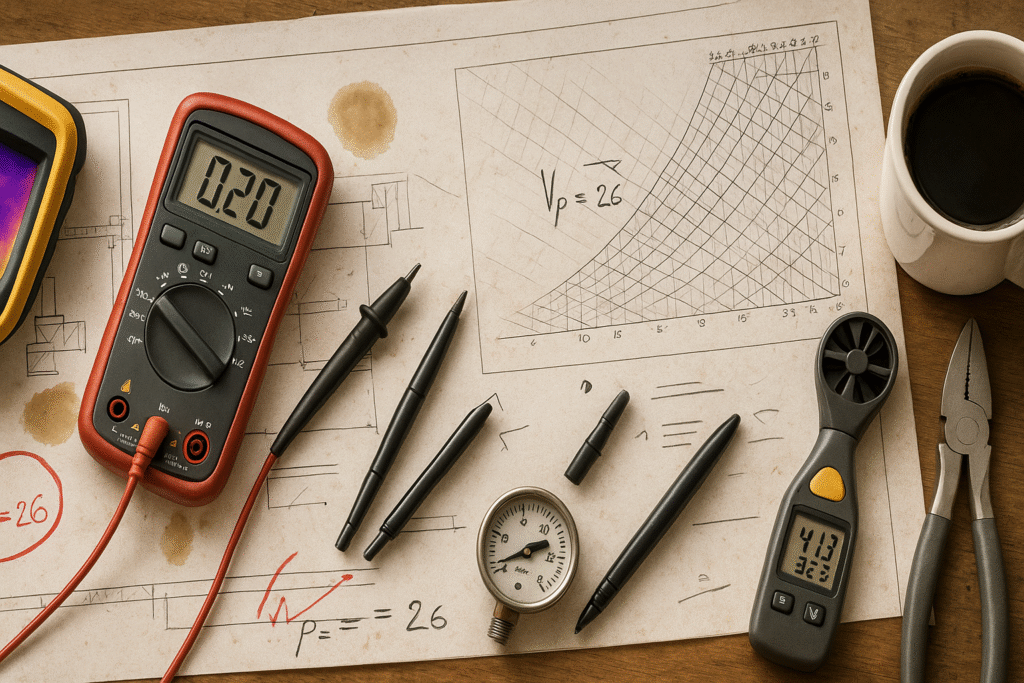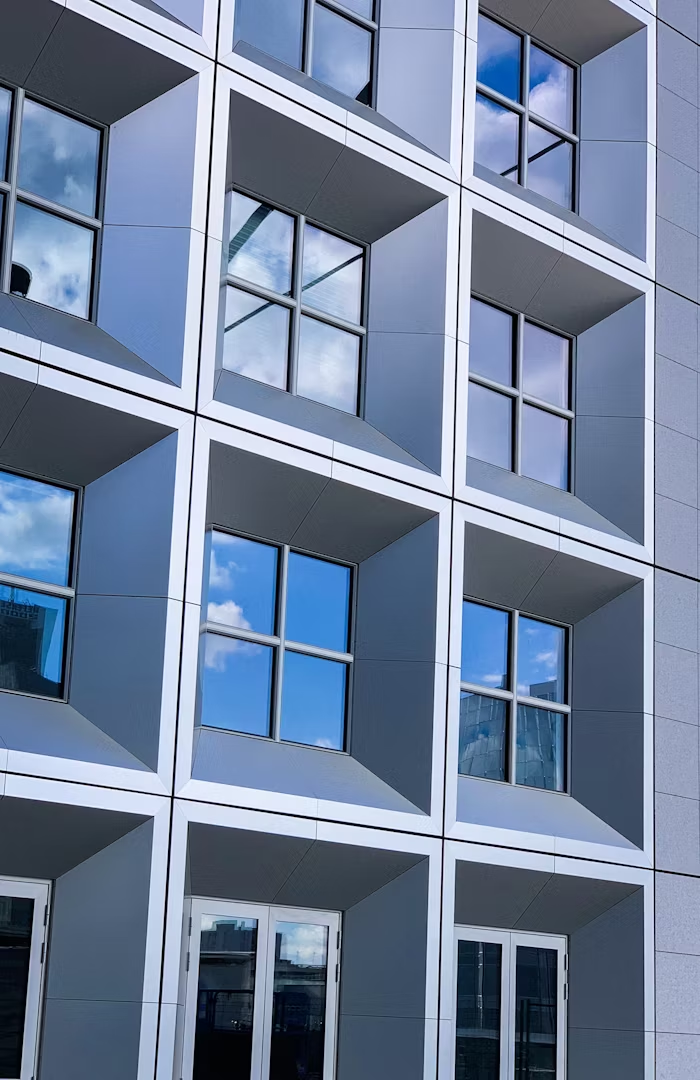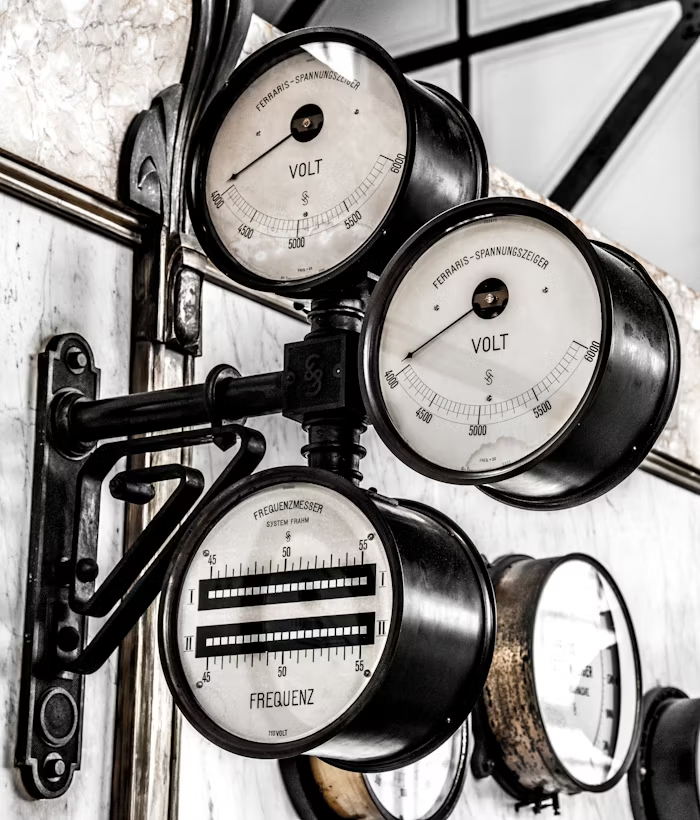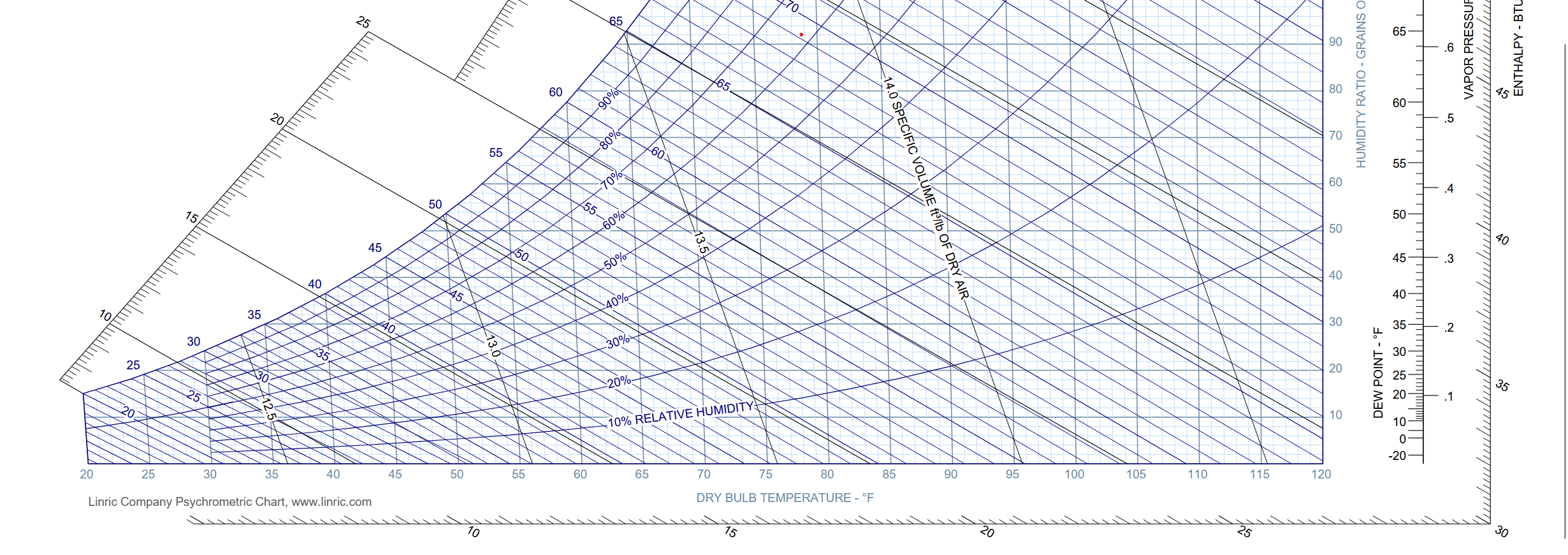Building performance depends on far more than just equipment or control sequences. Every facility is a dynamic, interdependent system of enclosure, equipment, occupants, and controls—each influencing comfort, health, reliability, and energy use.
At Boyt Services, we approach every project through the lens of building science—understanding how heat, moisture, air, and control logic behave together in the real world.
From Complexity to Clarity
Modern buildings are highly coupled systems where thermodynamics, fluid dynamics, human behavior, and control sequences all intersect. Solving problems in that environment demands expertise, data, and experience—not trial and error.
Boyt Services turns complexity into clarity: collecting the right data, performing deep analysis, and delivering targeted, cost-effective solutions that improve comfort, reliability, and energy performance—while ensuring every decision is grounded in measurable building science.

The Interconnected System
Air and water rarely move exactly as design drawings imply. Distribution systems, duct static, coil pressure drops, diffuser placement, and hydronic balancing all interact with space conditions and occupant loads.
A seemingly minor adjustment or unrecognized change in performance of a component can cascade through the building, affecting humidity, pressurization, comfort, and system stability across multiple zones.
- Humidity and pressurization are especially sensitive to the building envelope. Air leakage paths, insulation quality, and exterior pressure differentials all determine how conditioned air moves between zones and to the outdoors.
- Positive pressurization helps prevent infiltration and maintains indoor air quality.
- Excess negative pressure can draw in humid or dusty air, leading to discomfort and mold potential.
- Humidity imbalances often trace back to combined effects of coil control, ventilation rates, envelope leakage, and psychrometric conditions that shift with outdoor dewpoint.

Envelope Dynamics
A building’s envelope defines the boundary between conditioned and unconditioned environments—and its performance can make or break energy efficiency and comfort.
Solar gain, insulation, and glazing performance directly affect internal loads, occupant comfort, and HVAC behavior. Afternoon overheating from west-facing glass, poor insulation continuity, or uncontrolled infiltration often drives complaints that seem “mechanical” but are actually building science issues in disguise.
By correlating indoor trends with outdoor conditions, we isolate whether discomfort stems from equipment performance or envelope behavior—ensuring solutions target the real cause.

Data, Measurement, and Verification

Achieving lasting improvement requires data, not assumptions.
Boyt Services employs calibrated instrumentation and thermal imaging to measure airflows, temperatures, humidity, pressures, and equipment response over time. These data sets reveal how systems perform through changing weather and occupancy patterns—far beyond what static design documents or brief site visits can show.
Through long-term logging and psychrometric analysis, we build an evidence-based targeted understanding of how the building, envelope, and systems interact—guiding owners toward investments that truly address root causes, not symptoms.
